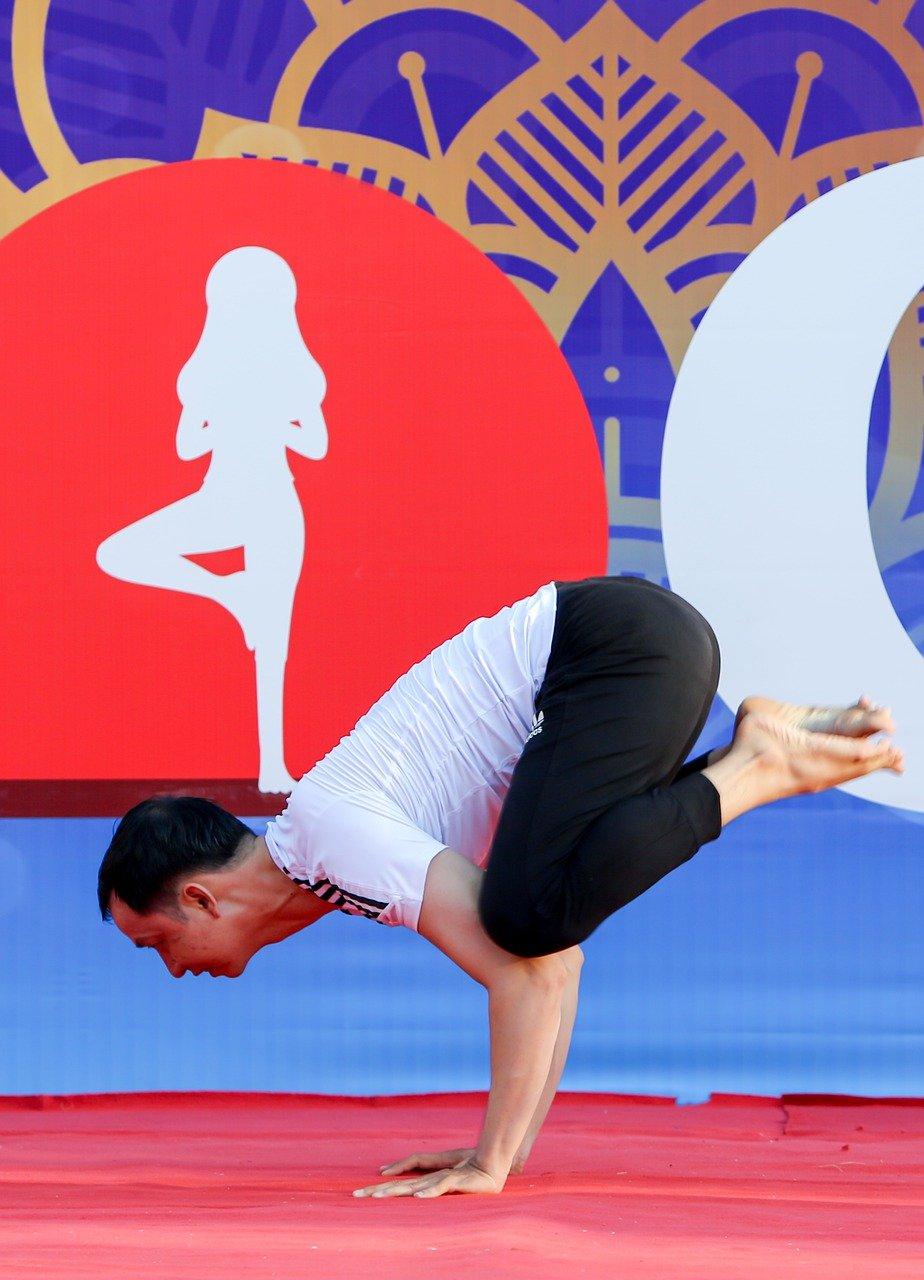Search for yoga retreats
Discover yoga retreats, holidays, and courses from worldwide.
Yoga's popularity has skyrocketed in recent years, with more people than ever seeking out yoga retreats and yoga teacher trainings. Whether you're a seasoned practitioner or just starting your yoga journey, understanding the language of yoga can significantly enhance your experience. This guide will help you decode the Sanskrit names of yoga poses, preparing you for your next yoga retreat or teacher training program.
The Importance of Sanskrit in Yoga
Sanskrit, an ancient Indian language, is integral to yoga practice. While it might seem daunting at first, familiarizing yourself with Sanskrit terms can deepen your understanding and appreciation of yoga. Here's why:
- Universal language: Sanskrit provides a common terminology for yoga practitioners worldwide.
- Historical context: It connects you to yoga's rich history and philosophical roots.
- Precise descriptions: Sanskrit often captures nuances that English translations might miss.
- Preparation for advanced study: Knowledge of Sanskrit is invaluable for those considering yoga teacher training.

Decoding Asana Names
"Asana" means "pose" or "posture" in Sanskrit. Most yoga pose names follow a simple structure, often combining words that describe:
- Body parts
- Animals
- Nature elements
- Actions
- Mythological figures
Understanding these components can help you grasp the essence of each pose quickly. Let's break down some common elements:
- Adho: Down
- Urdhva: Up
- Mukha: Face
- Pada: Foot
- Hasta: Hand
- Ardha: Half
- Parivrtta: Revolved
Essential Sanskrit Terms for Yoga Retreats and Teacher Trainings
When you attend a yoga retreat or enroll in a teacher training program, you'll encounter these terms frequently. Familiarizing yourself with them beforehand can help you get the most out of your experience:
- Tadasana (Mountain Pose): Tada (mountain) + Asana (pose)
- Vrksasana (Tree Pose): Vrksa (tree) + Asana
- Virabhadrasana (Warrior Pose): Virabhadra (warrior) + Asana
- Adho Mukha Svanasana (Downward-Facing Dog): Adho (down) + Mukha (face) + Svana (dog) + Asana
- Chaturanga Dandasana (Four-Limbed Staff Pose): Chatur (four) + Anga (limb) + Danda (staff) + Asana
- Trikonasana (Triangle Pose): Tri (three) + Kona (angle) + Asana
- Balasana (Child's Pose): Bala (child) + Asana
- Savasana (Corpse Pose): Sava (corpse) + Asana
Benefits of Learning Sanskrit Names
- Improved focus: Understanding pose names can help you connect more deeply with each asana.
- Better alignment: Many Sanskrit names offer clues about the shape or benefits of the pose.
- Cultural appreciation: Learning Sanskrit fosters respect for yoga's cultural heritage.
- Enhanced communication: You'll be able to follow instructions more easily during international retreats or trainings.

Practical Tips for Learning Sanskrit Yoga Terms
- Start small: Begin with the poses you practice most frequently.
- Use mnemonics: Create memory aids to help you remember tricky terms.
- Practice regularly: Incorporate Sanskrit names into your daily practice.
- Attend workshops: Many yoga retreats and teacher training programs offer Sanskrit lessons.
- Use apps: Several mobile apps can help you learn and pronounce Sanskrit terms correctly.
Preparing for Your Yoga Retreat or Teacher Training
Knowledge of Sanskrit can significantly enhance your yoga retreat or teacher training experience. Here's how:
- Easier adaptation: You'll adjust more quickly to different teaching styles and accents.
- Deeper understanding: You'll grasp the philosophical aspects of yoga more easily.
- Increased confidence: Familiarity with terminology can boost your confidence in class.
- Better communication: You'll be able to ask more precise questions about poses and techniques.
Choosing the Right Yoga Retreat or Teacher Training
When selecting a yoga retreat or teacher training program, consider these factors:
- Curriculum: Does it include Sanskrit study?
- Teaching style: Is there a focus on the traditional aspects of yoga?
- Location: Immersive experiences in places like India can enhance your Sanskrit learning.
- Duration: Longer programs often provide more comprehensive Sanskrit education.
- Instructor credentials: Look for teachers with a strong background in yoga philosophy and Sanskrit.

Beyond Asanas: Other Important Sanskrit Terms
While asana names are crucial, other Sanskrit terms are equally important in yoga practice:
- Pranayama: Breathing exercises
- Dhyana: Meditation
- Chakra: Energy centers in the body
- Bandha: Energy locks
- Mudra: Hand gestures
- Mantra: Sacred utterance or sound
Understanding these terms will give you a more holistic view of yoga, especially useful during intensive retreats or teacher training programs.
Integrating Sanskrit into Your Daily Practice
- Start your practice by chanting "Om" or a simple Sanskrit mantra.
- Use Sanskrit names for poses in your personal practice.
- Keep a Sanskrit yoga journal, recording poses and experiences.
- Listen to Sanskrit chants or podcasts about yoga philosophy.
- Join online communities focused on traditional yoga practices.
Conclusion: Embracing the Language of Yoga
Learning Sanskrit yoga terms is more than just memorizing strange words. It's about connecting with a tradition that spans thousands of years. As you prepare for your next yoga retreat or consider embarking on a yoga teacher training journey, let Sanskrit be your guide into the deeper dimensions of yoga.
Remember, every expert was once a beginner. Take your time, be patient with yourself, and enjoy the process of discovery. Whether you're saluting the sun on a beach during a yoga retreat or diving deep into anatomy during a teacher training, your knowledge of Sanskrit will enrich your experience and deepen your practice.
Are you ready to take the next step in your yoga journey? Whether it's a tranquil yoga retreat or an intensive teacher training, your newfound understanding of Sanskrit will serve you well. Namaste!
Craving More Stories?
Join our ShopYogaRetreats newsletter for the latest updates on thrilling
destinations and inspirational tales, delivered straight to your inbox!
We value your privacy. Your email address will never be shared or published.
 English
English Deutsch
Deutsch Français
Français Nederlands
Nederlands Español
Español

